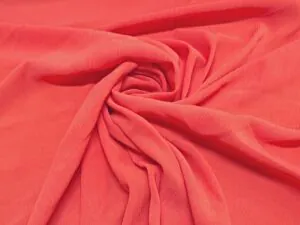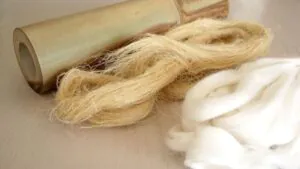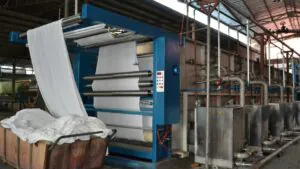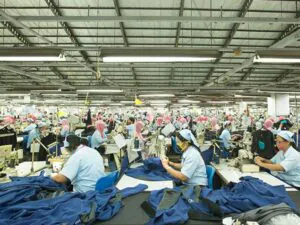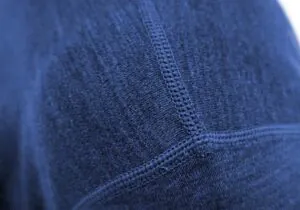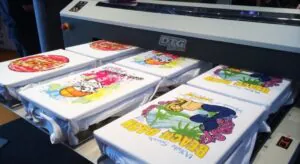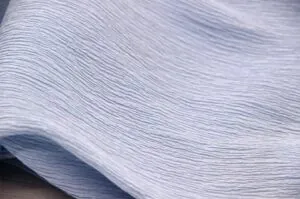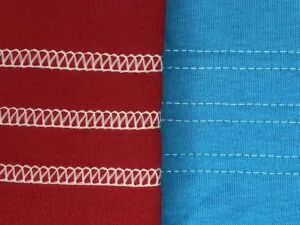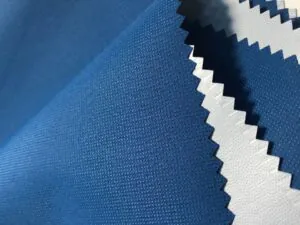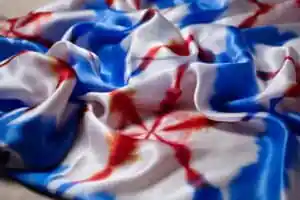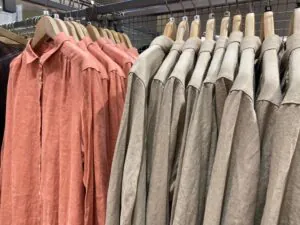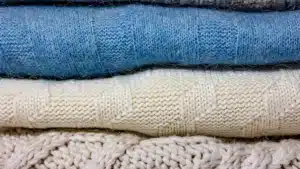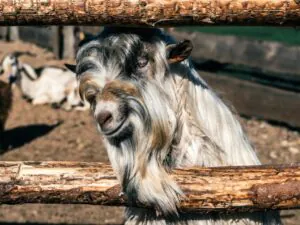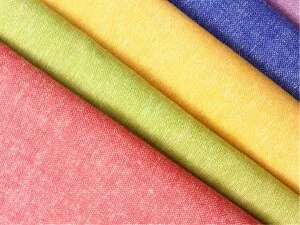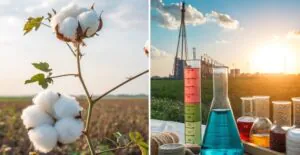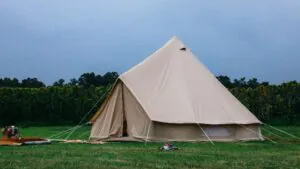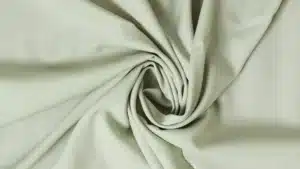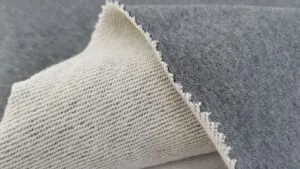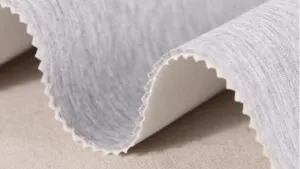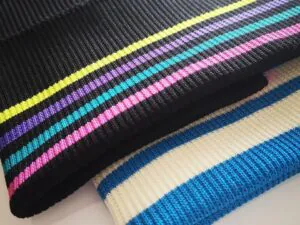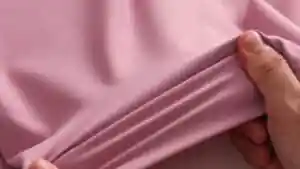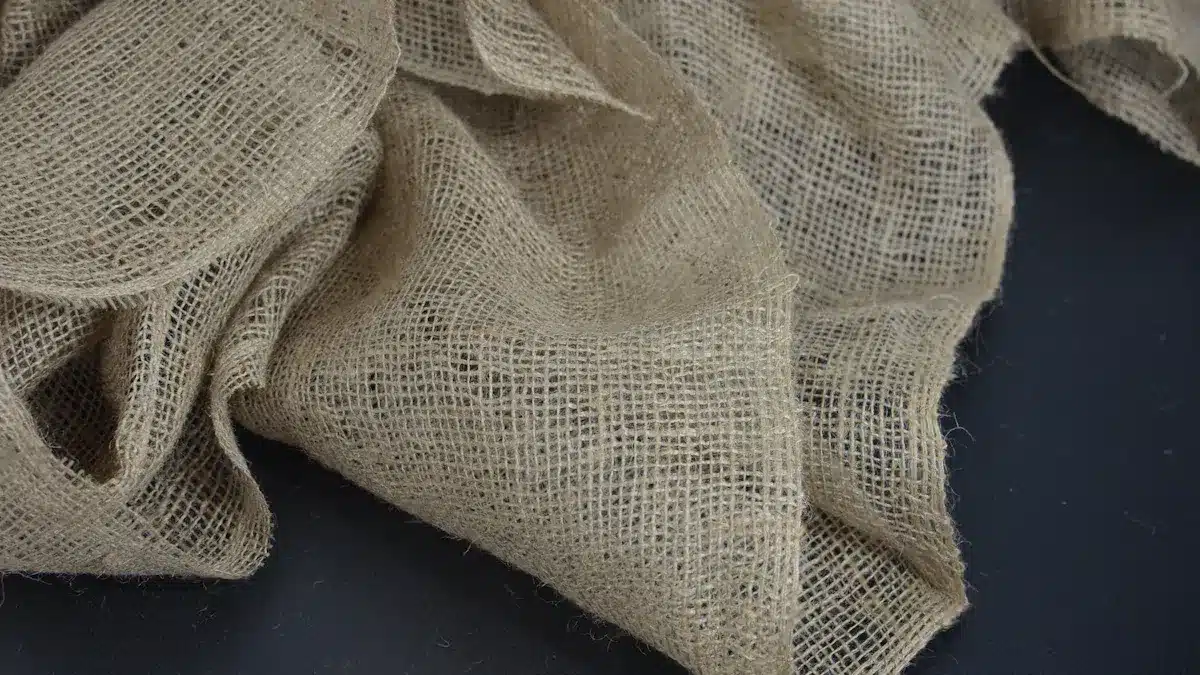
Jute fabric is made from fibers of the jute plant. It is natural, strong, and good for the environment. Jute is one of the most eco-friendly materials. It helps lower damage to nature. For example, jute bags break down in six months. Plastic bags, however, take hundreds of years to decompose.
Key Takeaways
Jute fabric is good for the environment and breaks down fast. Plastic takes hundreds of years to decompose.
Choosing jute items cuts down plastic waste and helps the planet. It’s a great option for people who care about nature.
Jute is useful and affordable. It works well for bags, home decorations, and clothes, making it popular with stores and buyers.
What is Jute Fabric?
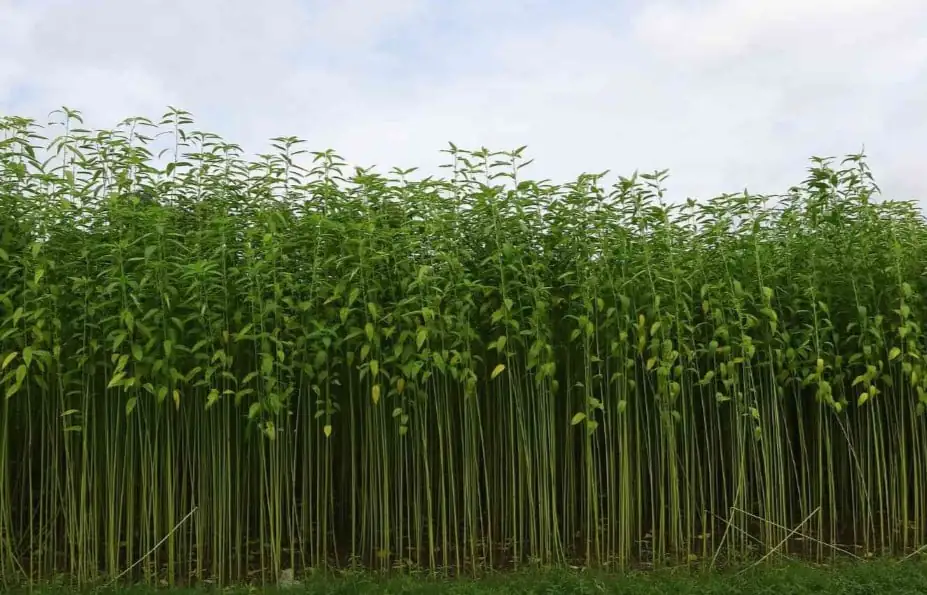
Jute fabric is a strong material made from the jute plant. It is eco-friendly and has been used for many years. To learn more about this natural fiber, let’s look at its history, growth, making process, and types.
In Chinese, we call Jute as 黄麻(Huáng Má).
Origin and Cultivation of Jute
Jute has a long history in the Indian subcontinent, where it began. This tall plant grows up to 10–12 feet high. It needs special weather and soil to grow well.
Did You Know? Jute grows best in wet soil and areas with heavy rain.
Here are the main needs for growing jute:
Humidity levels of 70%–80%.
Weekly rainfall of 2.0–3.1 inches (5–8 cm), more during planting.
Farmers cut jute after flowers drop but before seeds grow. Cutting too soon makes weak fibers. Waiting too long gives rough fibers with less shine.
How Jute Fibers Are Processed into Fabric
Turning jute plants into fabric takes several steps. After cutting, stems are soaked in water to loosen sticky parts. This step, called retting, helps remove good fibers. Workers then pull fibers from stems and wash them.
The fibers are dried and sorted by quality. The best ones are spun into threads and woven into fabric. This process is simple and uses few chemicals, making it eco-friendly.
Types of Jute Fabric
Jute fabric comes in different types for various uses. Two main jute plants give fibers with unique features:
White Jute: Softer and lighter, used for fine textiles.
Tossa Jute: Stronger and rougher, great for sacks and ropes.
Jute fabric is also grouped by its weave and finish:
Hessian Cloth: Light and airy, used for bags and furniture.
Sacking Cloth: Thick and tough, good for heavy packaging.
Canvas: Tightly woven, used in fashion and art.
These types show how jute can be used in many ways for different needs.
Characteristics of Jute Fabric
Durability and Strength
Jute fabric is strong and lasts a long time. It works well for heavy items like sacks and ropes. Its fibers are tough and resist damage. Treating jute with alkali or resin makes it even stronger. For example, alkali-treated jute tears less and holds more weight than untreated jute.
Treatment Type | Tensile Strength Boost | Tear Resistance |
|---|---|---|
Untreated Jute | None | None |
Alkali Treated Jute | Better | Better |
This strength makes jute great for farming and factory uses.
Texture and Breathability
Jute fabric feels rough but natural to the touch. It lets air flow through, which is good for bags and furniture. It also absorbs water, keeping stored items fresh. This makes it perfect for packing food like coffee beans and grains.
Different jute types feel different. Hessian cloth is soft and light. Sacking cloth is thick and rough. These options help you pick the right jute for your needs.
Biodegradability and Eco-Friendliness
Jute fabric is safe for the planet and breaks down easily. Unlike plastic, it rots in soil without leaving harmful waste. Untreated jute fully decomposes, while resin-treated jute still breaks down mostly.
Treatment Type | Soil Breakdown Loss |
|---|---|
Untreated | 33.59% |
25% Resin | 8.04% |
Using jute helps cut plastic waste and supports green living. Many people choose jute for its eco-friendly benefits.
Benefits of Jute Fabric
Cost-effectiveness and Availability
Jute fabric is one of the cheapest eco-friendly materials. It costs much less to make than other fabrics. For example, jute costs about $0.35 per kilogram, while cotton costs $2.50 per kilogram. Regular jute fabric is around $1 per yard, making it affordable for both businesses and shoppers.
Jute is also easy to find worldwide. In places like China, jute fabric is 20% to 50% cheaper than in the U.S. because of lower production costs. This makes jute a smart choice for companies wanting low-cost, green materials.
Versatility in Applications
Jute fabric is useful in many industries. Jute bags are common for shopping, food packing, and groceries. People like them because they are eco-friendly and replace plastic bags.
Jute is not just for bags. Designers now use it for sustainable fashion. Stylish handbags and promotional items are often made from jute. It’s also used in farming and building. Jute geotextiles help stop soil erosion and support green construction.
Tip: Jute can fit into your life easily. Use it for packaging or trendy items.
Contribution to Sustainable Living
Jute fabric helps people live more sustainably. It breaks down naturally, reducing plastic waste. Choosing jute supports eco-friendly fashion and helps protect the planet.
Growing jute is also good for the environment. It needs little fertilizer or pesticide, keeping soil healthy and clean. As more people want green fabrics, jute is becoming a top choice for eco-friendly living.
Note: Picking jute products helps the earth and supports green-focused industries.
Uses of Jute Fabric
Home Decor and Furnishings

Jute fabric is now popular in home decoration. It is eco-friendly and stylish. You can see it in rugs, curtains, and cushions. These items give homes a natural and cozy look. Stores like Crate & Barrel sell jute rugs that are both green and trendy. More people want biodegradable products, which boosts jute's use. For instance, the Asian Development Bank funds eco-friendly textile projects, helping jute grow in home decor.
People love jute for its rustic style and environmental benefits. This shows how sustainability is becoming important in home design. Jute is now a favorite for eco-friendly decorators.
Fashion and Accessories

Jute fabric is growing in sustainable fashion. Designers use it for handbags, wallets, and even jackets. Brands like Kalindi and T-Mark Bangladesh make stylish jute bags. These bags match well with modern outfits. Social media influencers, like Maisha Mahjabeen Priooty, love jute for its boho style. This appeals to younger generations.
Jute accessories like earrings and totes are also trendy. Maliha Islam enjoys her jute earrings for their unique look. Pushpita’s colorful jute tote bag shows how jute mixes style and usefulness. These examples prove jute is key in eco-friendly fashion.
Industrial and Agricultural Applications
Jute fabric is useful in industries and farming. It works well for packaging, textiles, and erosion control. It is even used in cars and buildings.
Use Area | Details |
|---|---|
Packaging | Jute bags replace plastic and are in higher demand. |
Textiles | Used for green clothing and home items. |
Agriculture | Helps stop soil erosion and works as natural mulch. |
Industrial Uses | Jute is tested for car parts and building materials. |
Jute helps many industries go green. It is a valuable material for many purposes.
Why Jute is a Sustainable Fabric
Low Environmental Impact During Cultivation
Jute is one of the most eco-friendly crops. It needs fewer resources to grow, which helps the planet. Jute grows fast and uses natural rainwater, not irrigation. This saves a lot of water.
Farmers use fewer chemicals like fertilizers and pesticides on jute. This keeps the soil clean and stops chemicals from polluting water. Jute plants also clean the air by taking in carbon dioxide and giving out oxygen. One hectare of jute can absorb up to 15 tons of CO2.
Tip: Buying jute products helps farmers grow crops that are good for the earth.
Biodegradability and Recyclability
Jute fabric breaks down naturally and doesn’t harm the planet. When thrown away, it decomposes in months, unlike plastics that last for centuries. This makes jute a great choice to reduce waste.
Old jute items can be recycled into new things like paper or ropes. This lowers the need for new materials and reduces trash.
Note: Recycling or composting jute helps make the world cleaner and greener.
Role in Reducing Plastic Waste
Jute helps cut plastic waste in many ways. Its natural fibers replace plastic in bags and packaging. Unlike plastic, jute doesn’t leave harmful leftovers in nature.
Here’s how jute fights plastic pollution:
Jute breaks down naturally and doesn’t add to landfills.
It’s used in biodegradable electronics to reduce e-waste.
Jute bags replace single-use plastics, which pollute the planet.
Jute is also used in construction and factories to make eco-friendly materials. For example, jute composites are strong, durable, and better for the environment.
Switching from plastic to jute reduces pollution and supports green living.
Did You Know? Using jute bags instead of plastic ones can cut millions of tons of plastic waste every year.
Jute fabric is strong, airy, and good for the planet. It breaks down naturally and needs little care to grow. You can use jute for bags, home decor, or furniture. It looks nice and helps the environment. Picking jute helps cut waste and supports eco-friendly living. Try using jute in different ways today!
FAQ
What makes jute fabric eco-friendly?
Jute fabric breaks down naturally and doesn’t hurt the planet. Growing jute needs less water and fewer chemicals, helping reduce pollution.
Can you wash jute fabric?
You can wipe jute with a wet cloth to clean it. Don’t soak it in water, as this can weaken the fibers and make it less strong.
Is jute fabric suitable for outdoor use?
Jute can be used outside but must stay dry. Rain or too much moisture can harm its fibers and shorten its life.
Tip: Keep jute items in dry spots to protect them.


